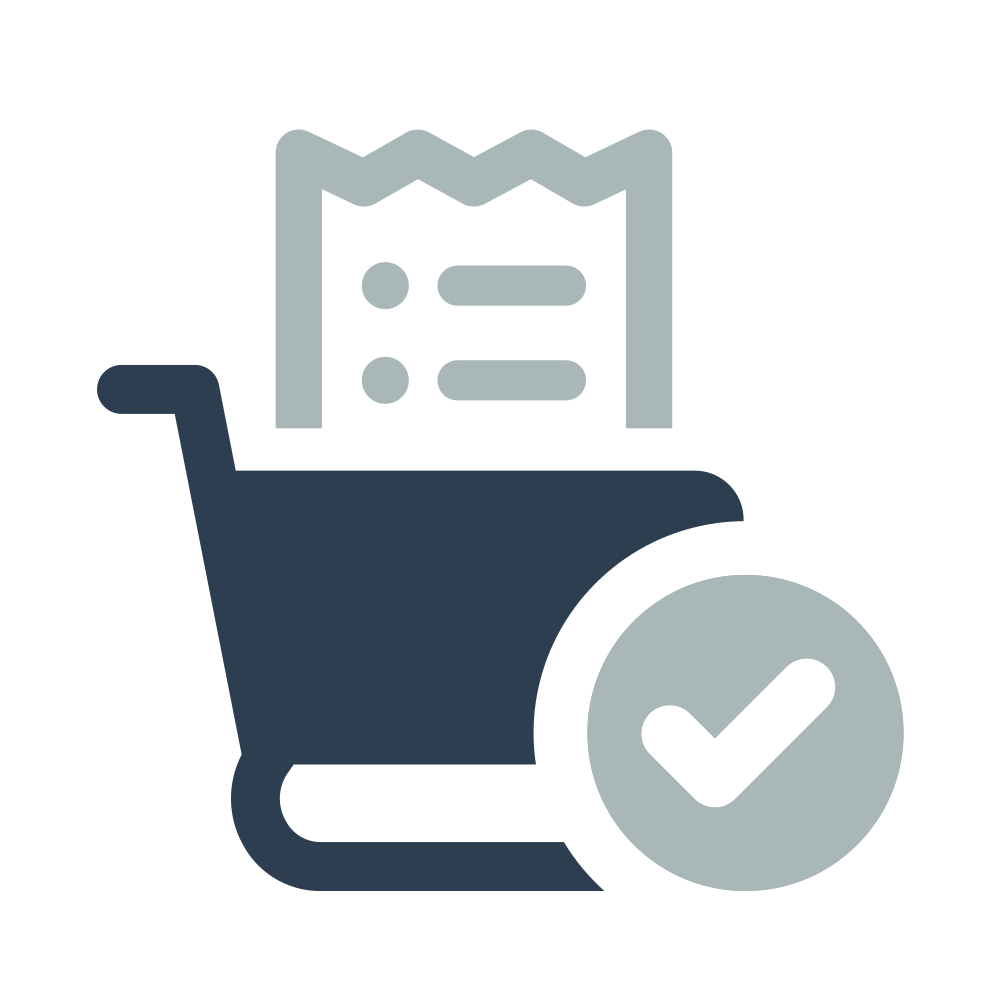Affordable Genetic Testing Solutions for Small Labs
In recent years, the demand for genetic testing has surged across clinical, research, and consumer sectors. While large institutions often have the infrastructure and funding to support advanced genetic testing platforms, small laboratories frequently face challenges in accessing cost-effective solutions. However, the landscape is evolving. Today, there are numerous affordable, scalable, and accurate genetic testing options that cater specifically to the needs of smaller labs.
The Growing Importance of Genetic Testing
Genetic testing enables the identification of mutations, hereditary conditions, and other genetic traits. Its applications span a wide range of fields, including:
-
Clinical diagnostics (e.g., cancer genomics, pharmacogenetics)
-
Ancestry and consumer health
-
Agricultural genomics
-
Academic research and personalized medicine
As the field continues to grow, so does the need for accessible technology.
Challenges Small Labs Face
Small laboratories often deal with:
-
High equipment and reagent costs
-
Limited technical expertise
-
Low sample throughput
-
Regulatory compliance and quality assurance burdens
Addressing these challenges requires affordable, user-friendly platforms that can scale as needed.
Affordable Genetic Testing Technologies
1. Portable Sequencers
Devices like the Oxford Nanopore MinION offer real-time sequencing in a portable form factor. With relatively low startup costs and no need for large infrastructure, these devices are ideal for small labs doing basic sequencing work.
2. Targeted PCR and qPCR Panels
Rather than sequencing entire genomes, many labs benefit from using targeted PCR or qPCR panels that focus on specific genes or variants. These assays are lower-cost and simpler to run, especially with pre-validated kits.
3. Microarray-Based Genotyping
Microarrays provide an affordable way to test for thousands of known SNPs (single nucleotide polymorphisms) at once. They are cost-effective for population studies or for analyzing common genetic variants.
4. Cloud-Based Bioinformatics Platforms
Instead of investing in expensive local infrastructure, small labs can leverage cloud-based bioinformatics tools that offer analysis pipelines, storage, and visualization without high IT overhead.
5. Open-Source Tools and DIY Solutions
The open-science movement has enabled the growth of free software tools for data analysis (e.g., Galaxy, Bioconductor), and even low-cost hardware solutions using Arduino or Raspberry Pi for automation.
Cost-Saving Tips for Small Labs
-
Pool resources with local institutions or consortiums
-
Apply for grants targeted at infrastructure development
-
Outsource complex tests while performing simpler ones in-house
-
Invest in training to maximize existing staff capabilities
-
Join vendor programs that offer discounts to small labs or startups
Case Study: A Small Lab Making Big Strides
Dr. Patel’s rural diagnostics lab in India began with limited resources but adopted a phased approach: starting with PCR-based tests, then upgrading to nanopore sequencing using funds from a regional innovation grant. By combining open-source software and partnerships with local universities, the lab now provides affordable genetic screening to hundreds of patients monthly.
The Future Is Accessible
Affordable genetic testing is no longer a distant goal—it’s a growing reality. As technology continues to democratize access to genomics, small labs have the opportunity to become powerful players in both diagnostics and research. By leveraging the right tools and strategies, any lab—regardless of size—can participate in the genomic revolution.




